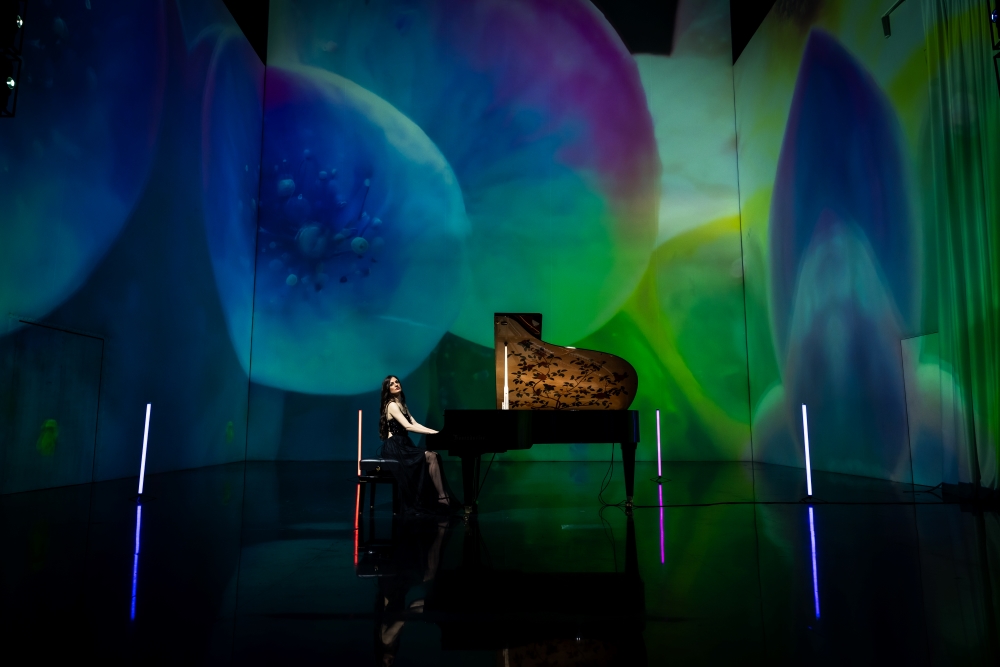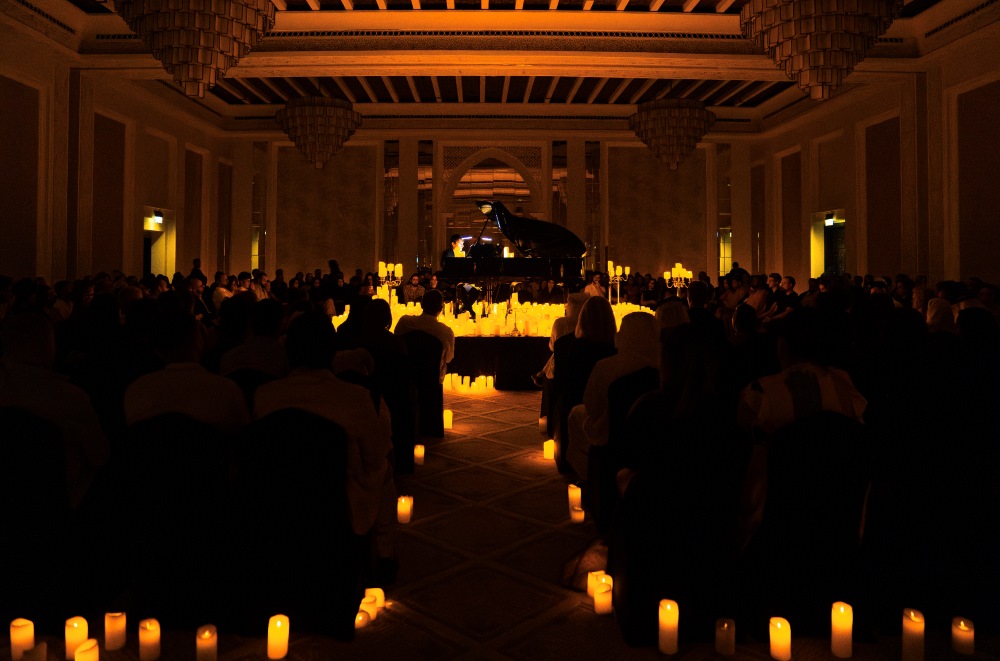Jewellery is not just fashion in the Middle East. Originally, it communicated many aspects of everyday life in addition to just being beautiful ornaments. Here are four ways to ‘read’ this vintage jewellery.

Identity
One of jewellery’s most important capacities was that it shared a lot of information about the person wearing it. Along with costume and dress, jewellery would tell you where the wearer originated from. The various jewellery styles were sometimes so specific that they allow you to trace the identity of the wearer to a particular village. Jewellery also indicated social status, or the religious group to which the wearer belonged. All of this functioned as an important communicator. People would know if and how to address a woman by the dress and jewellery she wore.

Finance
Jewellery was often regarded as savings account. In many cases it was thought wiser to invest in jewellery than to keep money, either in a bank account or in cash, because this might well lose its value over time. So, when a woman had money to spare, she often used it to buy jewellery: not out of vanity, but as a sound investment. The jewellery of a woman formed her own personal capital and personal savings account. This use of jewellery as investment is also the reason behind the use of coins. Issued by an official mint long before the introduction of silver hallmarks, coins were an indication of an established and guaranteed silver content. Many silver jewels were made of coin silver, or ostentatiously show rows and rows of coins: a clear indicator of wealth.

Protection
Jewellery played a very important role in protecting the wearer from evil. Colours, symbols and materials served to protect and bless the wearer. Colours that carry meaning were often selected for jewellery, like blue and red. Some jewellery pieces took the form of animals and could even be made from animal parts. Eyes and hands are among the oldest protective powers, the life force of the waxing moon is materialized in the ever-present crescent and texts and numbers invoked the power of the spoken word. Besides these material aspects, even fragrance added to the power of jewellery.

History
Perhaps the most fascinating aspect of vintage jewellery is how it connects generations and cultures. The history of jewellery resembles that of archaeology; layer after layer of culture has overlapped and intertwined as the centuries have passed. The most remote layers of influence in the Middle East are the early civilizations, the cultures of the Egyptians and the Mesopotamians. With the rise of Alexander the Great, and the subsequent Roman empire, the Middle East saw large-scale and permanent occupation by other cultures for the first time. Some elements of Graeco-Roman adornments are still very much present in vintage jewellery, like for example stylized animal heads and eye beads. The values and traditions associated with the three main religions also have had a big influence on the jewellery of the region.
This article is based on the book ‘Desert Silver. Understanding traditional jewellery from the Middle East and North Africa’ by Sigrid van Roode. You are invited to explore this rich and colourful world further on www.bedouinsilver.com and follow me on my jewellery journeys on Instagram @bedouinsilver!
By Sigrid van Roode.



